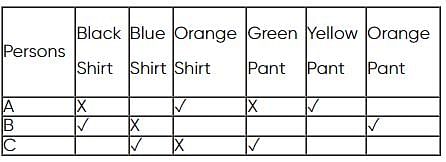MET Mock Test - 1 - JEE MCQ
30 Questions MCQ Test - MET Mock Test - 1
If the source of light used in a Young's double slit experiment is changed from red to violet,
The second overtone of an open pipe A and a closed pipe B have the same frequencies at a given temperature. Both the pipes contain air. The ratio of fundamental frequency of A to that of B is,
| 1 Crore+ students have signed up on EduRev. Have you? Download the App |
A body in laboratory takes 4 minutes to cool from 61℃ to 59℃. If the laboratory temperature is 30℃, then the time taken by it to cool from 51℃ to 49℃ is
The new white belt of a long horizontal conveyor is moving with a constant speed v = 3.0 m/s. A small block of carbon is placed on the belt with zero initial velocity relative to the ground. The block will slip a bit before moving with the belt, leaving a black mark on the belt (figure). How long is that mark (in m) if the coefficient of kinetic friction between the carbon block and the belt is 0.20 and the coefficient of static friction is 0.30?
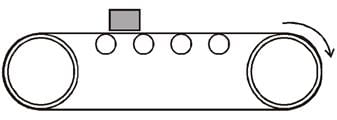
In Y.D.S.E. using light of wavelength 6000Å angular fringe width of fringe formed on the screen is 1°. Find the distance between the slits :-
Amongst the following, the major product of the given chemical reaction is

Which of the following statements are correct?
(A) Both LiCl and MgCl2 are soluble in ethanol.
(B) The oxides Li2O and MgO combine with excess of oxygen to give superoxide.
(C) LiF is less soluble in water than other alkali metal fluorides.
(D) Li2O is more soluble in water than other alkali metal oxides.
Choose the most appropriate answer from the options given below:
The conversion of propan-1-ol to n-butylamine involves the sequential addition of reagents. The correct sequential order of reagents is
For the Balmer series in the spectrum of H atom,  the correct statements among (l) to (IV) are:
the correct statements among (l) to (IV) are:
(I) As wavelength decreases, the lines in the series converge.
(II) The integer n1 is equal to 2.
(III) The lines of longest wavelength correspond to n2 = 3.
(IV) The ionisation energy of hydrogen can be calculated from wave number of these lines.
The number of bridged oxygen atoms present in compound B formed from the following reactions is

Sum of number of ions in aqueous solution of CrCl3.5NH3 and CrCl3 . 4NH3.
Find the planner species out of the following species
SF2, SF4, SF6 , SO2, SO3

if ‘x’ is total number of benzene ring in compound(C) and ‘y’ is the total number of degree of unsaturation in compound (D) then the value of (x + y) is
Identify total number of compound (s) which are unstable at room temperature ?
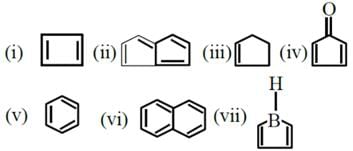
If one of the roots of the quadratic question x2 − x = k be square of the other, then k =
If n = 1 ⋅ 2 ⋅ 3 ....m (m is a fixed positive integer > 2), then  is equal to
is equal to
The line y = mx intersects the circle x2 + y2 − 2x − 2y = 0 and x2 + y2 + 6x − 8y = 0 at points A and B (points being other than origin). The range of m such that origin divides AB internally is
The area bounded by the region inside the ellipse, x2 + 2y2 = 2 and outside the graph of the function y = f(x), if the function f: R → Rsatisfies the relation x2f(x) + f(1−x) = 2x − x4
The orthocentre of triangle formed by lines 4x − 7y + 10 = 0, x + y = 54 and 7x + 4y = 15 is
Let f(x) = [2x3 – 5]; then number of points in (1, 2) where the function is discontinuous are where [.] → G.I.F.
The equation of the perpendicular bisectors of the sides AB and AC of a triangle ABC are y = x and y = –x, respectively. If the point A is (1, 2), then the area of ΔABC is :-
Every sentence (given below) is divided into three section marked A, B and C. Read the sentence carefully and mark the section that contains an error. If there is no error in the sentence, mark (D).
Due to carelessness, (A)/he failed (B)/in the examination. (C)/No error. (D)
If a meaningful word can be formed from APSG, by using each letter only once, then the third letter of that word is your answer. If more than one such word can be formed, your answer is 'Y' and if no such word is formed then answer is 'Z'.
Choose the correct option to fill in the blank in the following sentence:
The soldiers wanted to _____ over their victory.
Three persons A, B and C wore shirts of black, blue and orange colours (not necessarily in that order) and pants of green, yellow and orange colour (not necessarily in that order). No person wore a shirt and pant of the same colour. Further, it is given that
1. A did not wear shirt of black colour.
2. B did not wear shirt of blue colour.
3. C did not wear shirt of orange colour.
4. A did not wear pant of green colour.
5. B wore pant of orange colour.
What were the colours of the pant and shirt worn by C respectively?







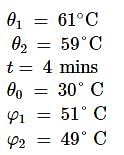





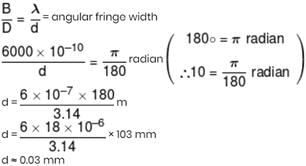
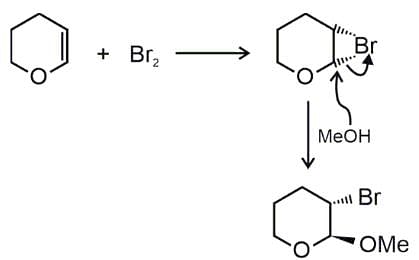

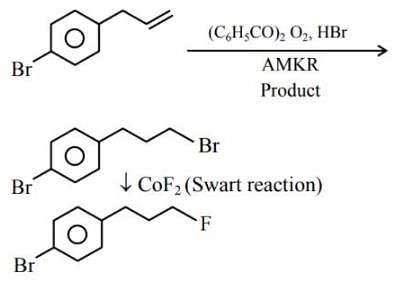
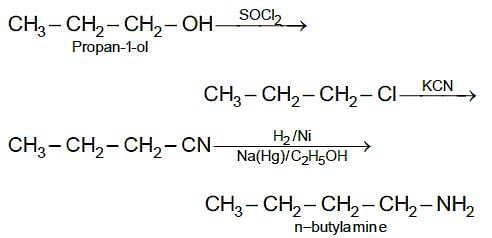
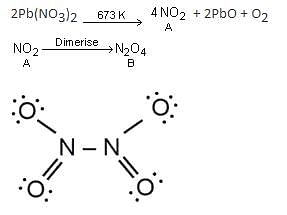

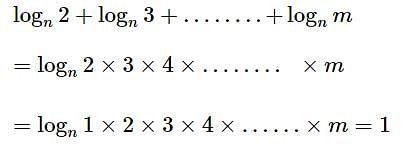
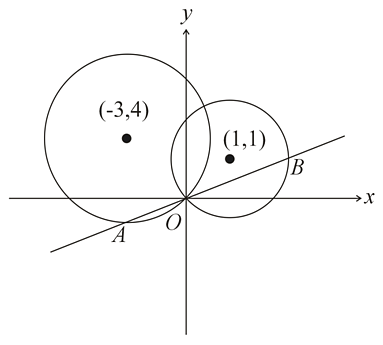




 then Re(p) equals -
then Re(p) equals -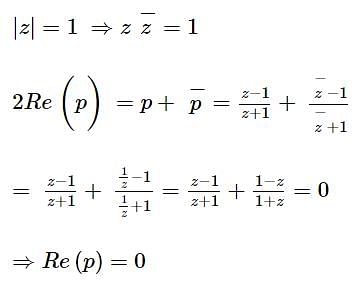

 then the value of a + b is:
then the value of a + b is: 
